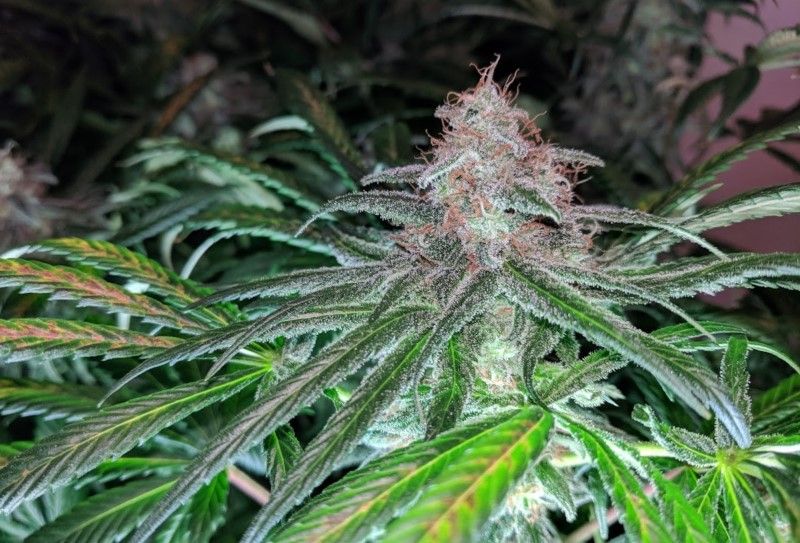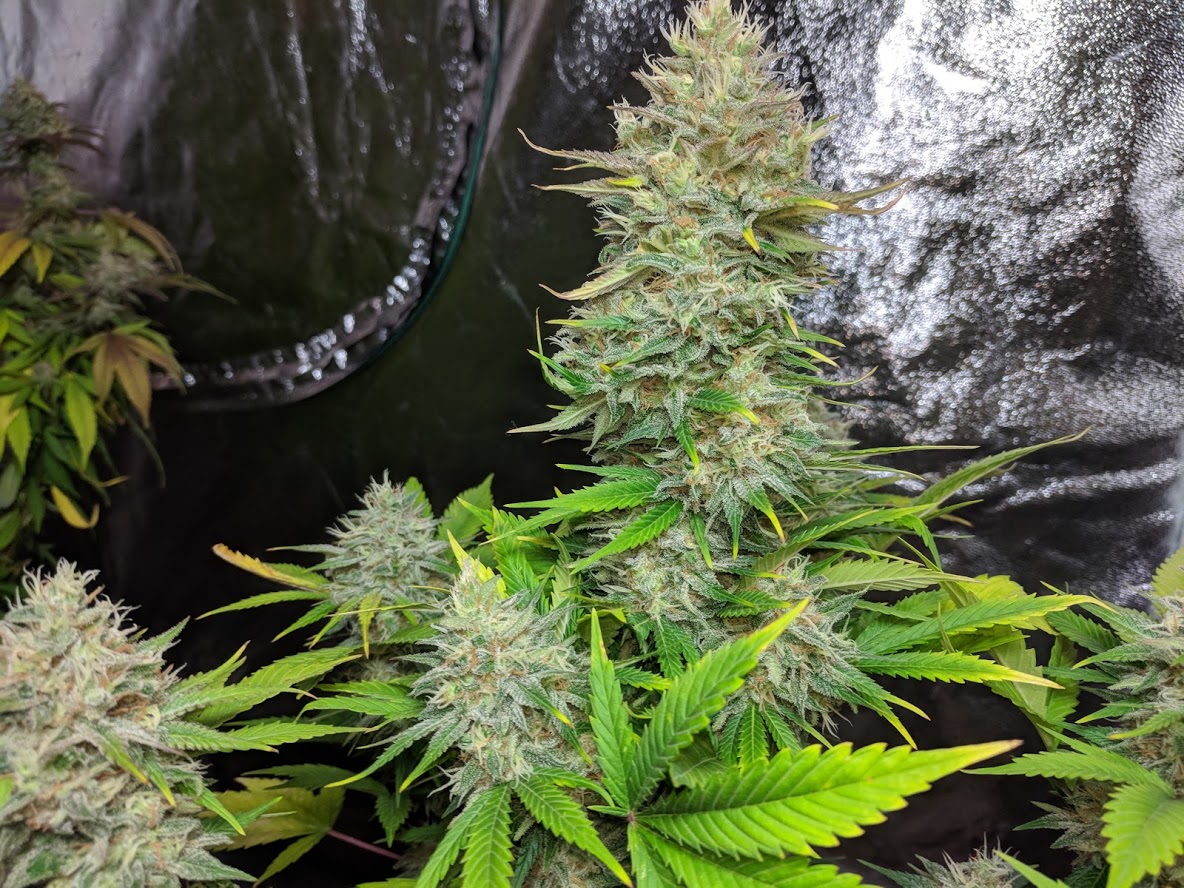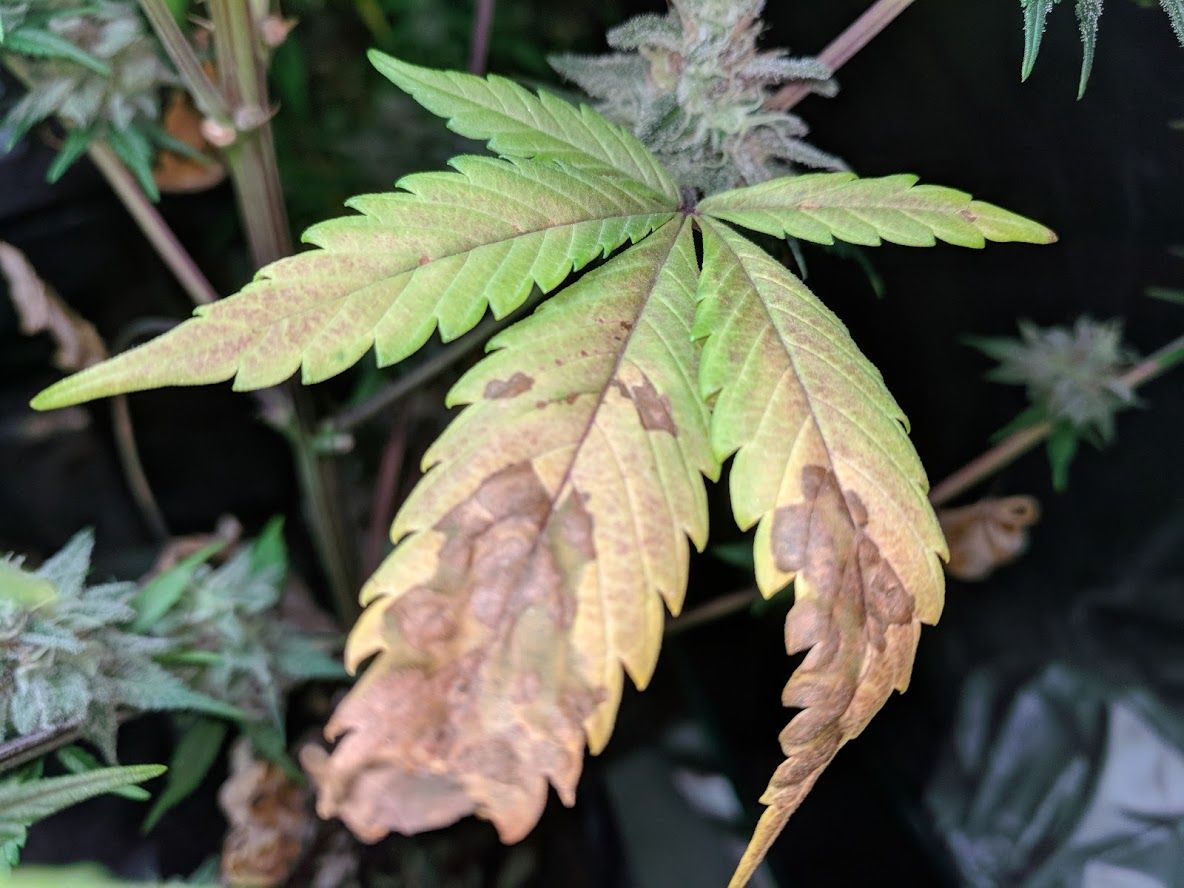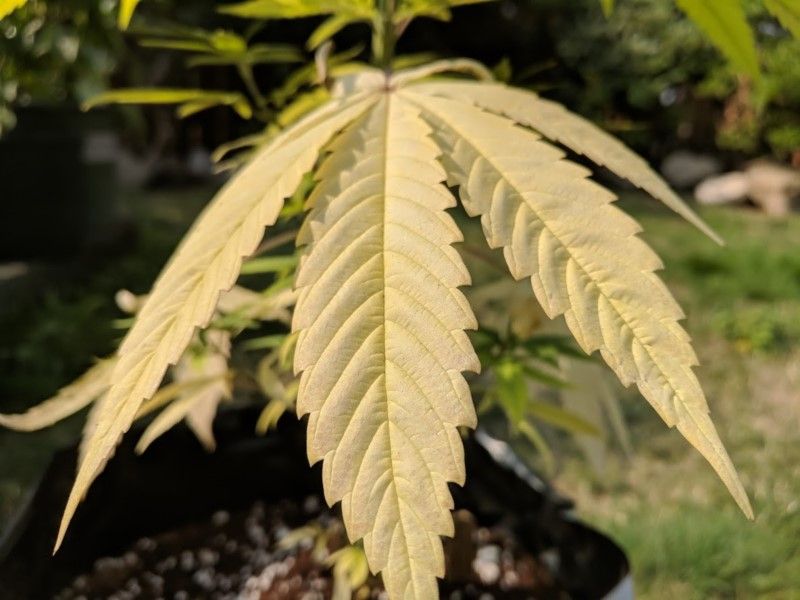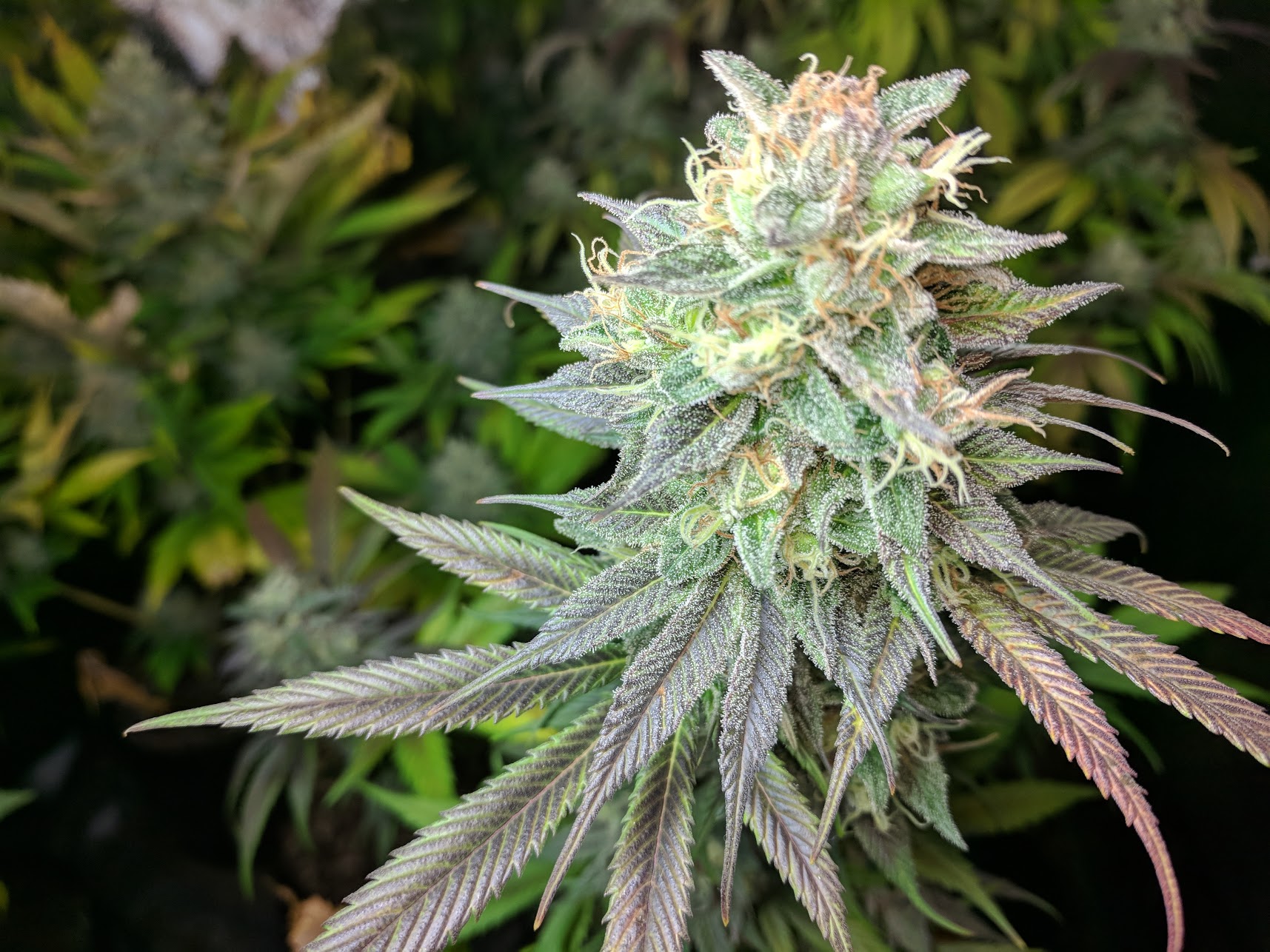Handling pests isn’t all about killing them but about managing them. All the plants you see in this article are survivors of significant pest outbreaks and have recovered. The secret isn’t to eradicate the pests, but to tilt the balance in favor of the plant.
When I first started growing weed from some bagseed I’d collected, I read everything I could find on home grows. After my first good crop, I must have been feeling my gravitas while in a conversation with a far more experienced grower when I said. “Well, it’s a good thing we don’t have any pest problems around here.” When he gave me a questioning look, I followed up with “You know, like mites and whiteflies and so on. It sounds horrible, so I’m glad we don’t have them around here.”
He laughed a little and then patiently explained that there probably isn’t a place in the world where you can grow pot that you don’t also grow pests. They go hand in hand. Why hadn’t I had problems in my grow? What I’ve learned since then is that it may take a little time for the pests to find a new grow space, but they will.
They found it on the very next grow and since that day, my grow rooms have been a constant battleground! My initial goal was total eradication; I wanted every bug gone, so I embarked on a useless journey that was doomed to fail.
Why can’t I eradicate all pests?
I’ve come to understand that creating an environment where cannabis can thrive but pests won’t is impossible, or at least impractical. It’s important to remember that the perfect humidity and temperatures for your cannabis plant are also perfect for unwanted pests and the plant provides them with all the food and water they need. Given that, you would either have to build an ideal clean-room, complete decontamination shower on entrance and sophisticated air filtration to keep the pests out.

Since clean room technology is out of most people’s reach, the next option is repeated spraying of pesticides. Organic pesticides do not kill all of the pests and any that claim to are not being honest. Chemical pesticides, on the other hand, are toxic enough to kill off an entire population, but all pesticides require continued applications to keep it free. Repeat use of chemical pesticides would have long-term impacts on the plant as it kills off beneficial organisms in the soil, to the environment at large and finally to you.
What can I do then?
After a time, I had to step back and evaluate my original objective. I don’t care about the pests in general; I only care about the pests that are causing me problems. Why didn’t I experience any issues on the first grow? I thought that it took the pests some time to find the closet – which had never been a food source for them before that. The fact is, they were probably there from the very beginning, they just hadn’t established a foothold large enough for me to identify them as a problem.
If they hadn’t been a problem before they established a foothold, I reasoned that keeping their numbers under that level would mean they were no longer a problem. What you’re looking for in pest control isn’t to eradicate the pest but control their populations, so they don’t negatively impact your negatively garden in either visual appearance or crop yield. To do this, you need to establish a balance in your grow space.

It’s all about balance
Since growing beautiful and productive gardens is the end goal here, the benchmark I use to determine if a treatment is successful is simple:
A successful pest control strategy means never seeing the pests or signs that they’ve been there.
If it’s a given that pests will get into your space, our new thinking should be on how to prevent them from establishing a large enough population to impact the crop. With this new goal, safe and organic pest control approaches are suddenly viable again.
By combining a few simple strategies, we can efficiently manage pests, so that they aren’t a problem.
Organic solutions to an organic problem
If the goal of pest control in our grow spaces is to keep the pest population manageable, there are a variety of safe and natural approaches to get us there.
Step 1: Control the Environment
This step doesn’t require any chemical compounds at all; you need to follow a few simple rules in your grow space to keep the balance tilted towards your plant and not the pests:
- Keep it clean; don’t leave litter, rotting leaves or standing water in your grow space since this provides excellent hiding spots and food sources.
- Completely clean and disinfect the entire area in between grows, so you start your new grow with a clean slate.
- Don’t spray the plants right before lights out; water droplets left on the leaves can encourage mold and mildew.
- Keep proper temperature and humidity; too warm and humid and pests will thrive.
Good airflow and ventilation is the best way to keep the balance in your favor. Learn all about how to set up the right environment in our grow space guide.
Step 2: Use Neem Oil Regularly
Neem oil has been used in India for centuries and has become the de-facto treatment for organic farmers all over the world. Made by pressing the oil out of the seeds and fruits of the Neem tree, this stuff is a pure vegetable oil that has all the advantage of the tree’s natural pest resistance.
Neem oil can impact a wide variety of pests, over 400 different insect varieties as well as most fungus. The best part is, it protects against the neem tree’s natural enemies but doesn’t seem to harm more beneficial organisms!

Neem oil doesn’t directly kill pests, like most chemical-based pesticides. Instead, applying it creates a hostile environment for reproduction and depletes the population over time. The oil enters the insects and interferes with the insect’s reproductive system and the oily coating on the leaves impacts egg viability. The whole environment becomes toxic to the pests, and after a few generations of low birth rates, the population collapses.
Spraying your plant once a week is a great way to prevent pest populations from taking hold. If you have an active pest problem, you should spray once every few days until the problem is under control.
To learn all about neem oil and how to mix it into a foliar spray, read our guide on using this organic wonder treatment for cannabis.
Step 3 Treat Outbreaks Aggressively
Whether its powdery mildew, whiteflies or mites, treat them aggressively at the first sign. I start off with a kill-on-contact solution, like NorCal’s 86 Mite & Mold treatment. This solution is made of a blend of essential oils and neem and kills most common pests on contact. After a few uses, I will switch back to a neem foliar spray but with increased frequency.
Once the pest population is back under control, scale back the neem applications to once every week or so.
Balance is key
There are lots of safe ways to control pests. Some farmers use ladybugs or predator mites to help. Remember, you’re trying to create a whole ecosystem in your grow space. For that, you have to take the good with the bad sometimes. If you keep that in mind as you look at solutions, it should be easy to tailor to your setup.
